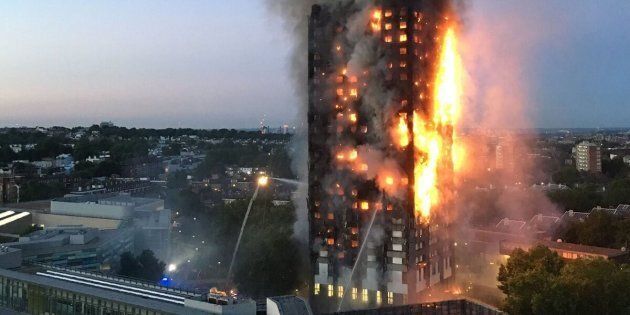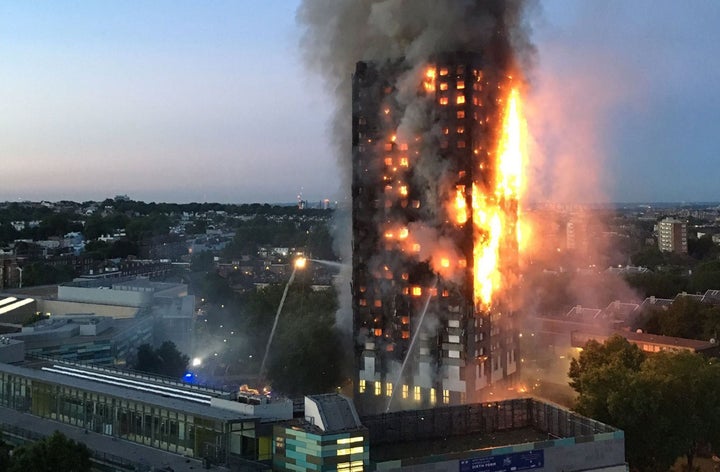

Sixty high-rise buildings in 25 local authority areas have failed fire cladding safety tests, the Government has said.
The announcement by the Department for Communities and Local Government also revealed that the failure rate remains 100%. Downing Street announced last week 600 buildings were to be checked.
Yesterday, the figure stood at 34 high-rise buildings in 17 local authority areas that were affected.
The DCLG said Doncaster, Norwich, Stockton-on-Tees and Sunderland all had buildings that failed tests, while Manchester, Plymouth and Portsmouth have already been named.
Islington, Lambeth and Wandsworth joined Barnet, Brent, Camden and Hounslow on the growing list of London boroughs, while 11 other areas are yet to be named.
Downing Street said last week the 600 tower blocks in England encased in cladding were not necessarily the same type of material as was installed on Grenfell Tower. Hundreds of inspections are still to take place in the aftermath of the fire.
The announcement came as around 3,000 residents of the Chalcots Estate in Camden, north London, face weeks in temporary accommodation after four tower blocks were evacuated on Friday.
Some 200 residents are refusing to leave the blocks, the leader of Camden Council has said.
Georgia Gould said she will knock on doors herself to persuade people still occupying 120 households in the Chalcots Estate in north London to vacate their homes.

She took the decision to clear 600 flats on Friday night after London Fire Brigade inspecting officers identified concerns over the combination of external cladding, fire doors, gas pipes and insulation.
Around 60 people stayed in nearby Swiss Cottage leisure centre on Saturday night, as 3,000 displaced residents faced weeks in temporary accommodation.
But despite being urged to leave by officials, around 200 people in 120 households had refused to vacate their homes, in Taplow, Burnham, Bray and Dorney blocks, by Sunday afternoon.
Gould explained some residents have issues, including agoraphobia, and want to be sure they have got suitable accommodation before moving out of their flats.
“I’m going myself back to the blocks to knock on doors and have those conversations,” she told BBC News, adding: “The last thing I want to do is force people out of their homes, and the conversations I have been having with residents in these buildings is that they are happy to work with us.”
Communities Secretary Sajid Javid urged local authorities and housing associations to continue to submit samples “as a matter of urgency” amid a nationwide safety operation launched after at least 79 people died when fire ripped through Grenfell Tower in north Kensington on June 14.
Refurbishment of the Chalcots Estate was overseen by Rydon, the company involved in the refit of Grenfell Tower, according to the Rydon website.
The site said the Chalcots project was a £66 million refurbishment which lasted 191 weeks.
London Mayor Sadiq Khan has backed the council’s decision to evacuate the tower blocks.
“I think they’ve done the right thing. Look, you’ve got to err on the side of caution. You can’t play Russian roulette with people’s safety,” he told Sky News.
The council said it could take two to four weeks for the four blocks to be made safe.